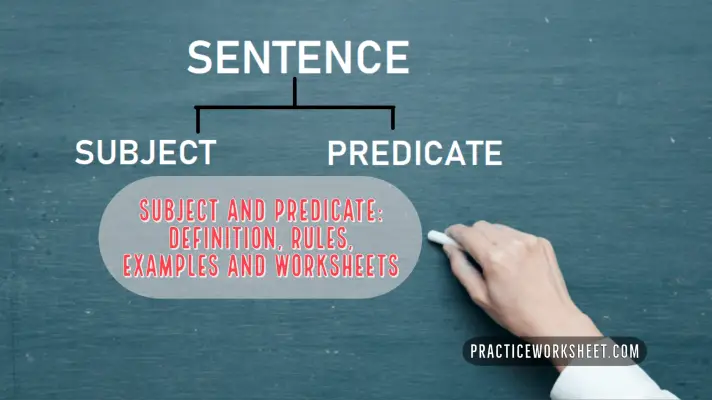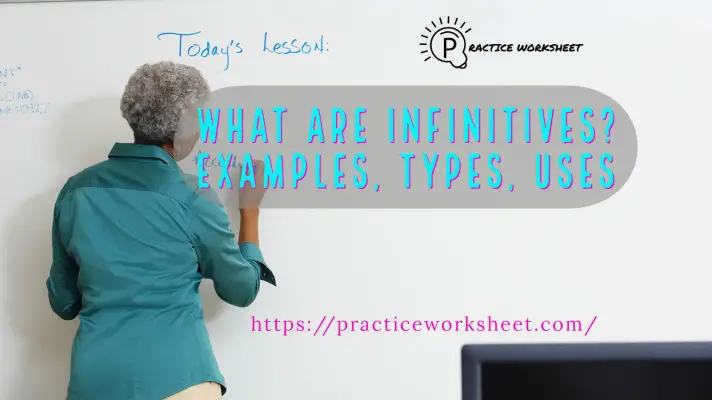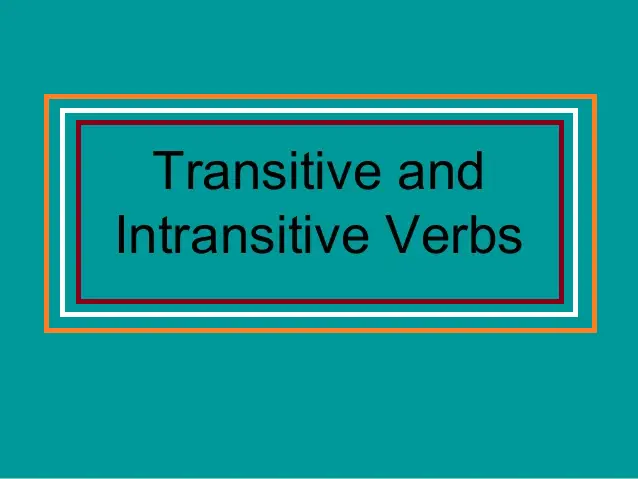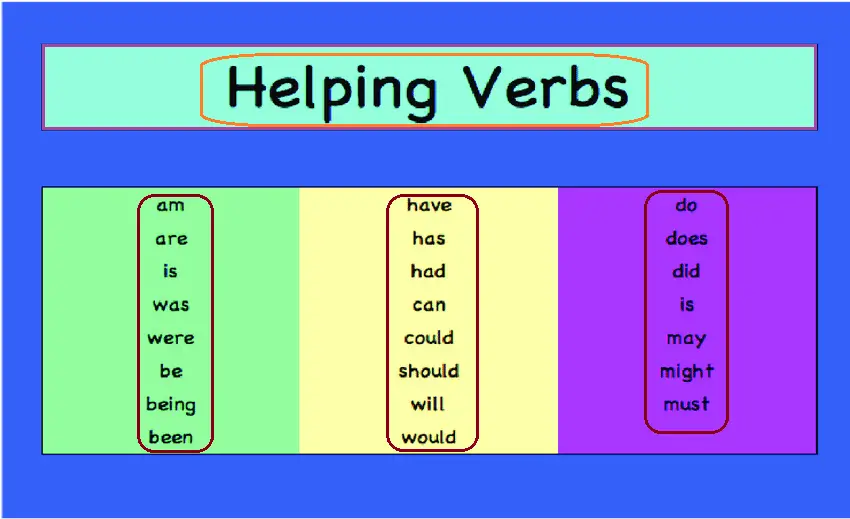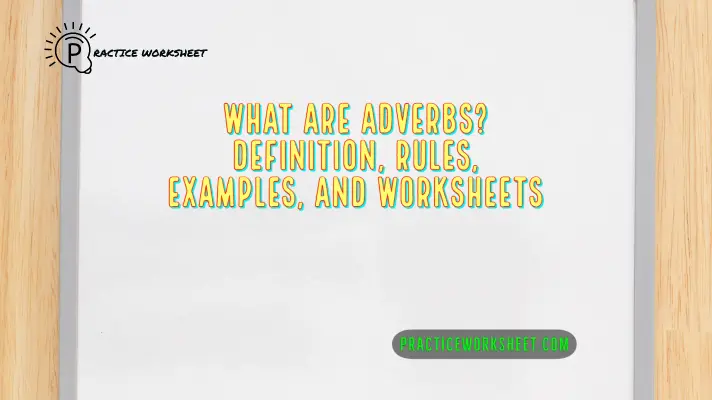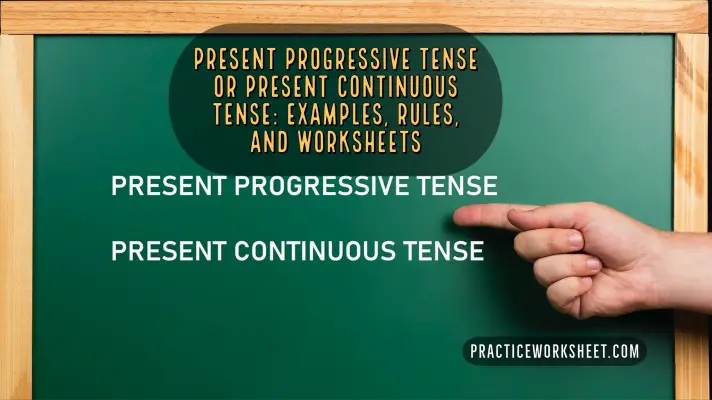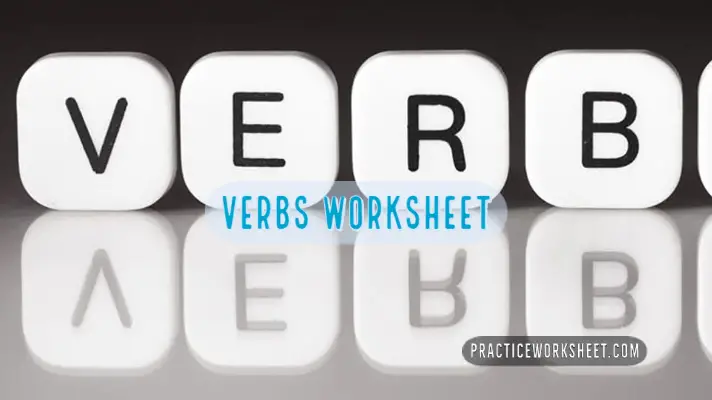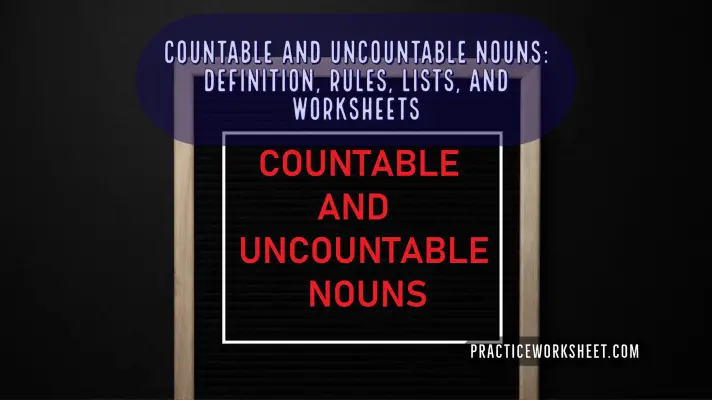Linking Verbs are used to connect the subject of a sentence to the predicate. These verbs describe the state of being of the subject of a clause. Linking verbs do not express or show any action. They serve as the connecting link. So, their main function is only to link the subject with the rest of the sentence. They are also known as copulas or copular verbs. All forms of “to be” verb like “am, is, are, was, were,” etc are the most widely used linking verbs.
List of Linking Verbs
The following tables provide a list of some of the most common linking verbs.
| am | is | are | be | will be |
| was | were | been | being | may be |
| are being | might be | has been | have been | must be |
| become | seem | feel | taste | can be |
| smell | appear | sound | look | should be |
| grow | get | turn | prove | would have been |
| remain | shall be | will be | would be | had been |
| could be | do | did | does | keep |
Examples of Linking Verbs
Linking Verb Example: “To be”
As already indicated, to be with its eight different conjugations is the most common linking verb. They link the subject to subject complements(adjective, noun, noun phrase, or pronoun). Some examples are:
Linking Subject to Adjective:
- He is right.
- It is hot today.
- Swarnali was fortunate to win the competition.
- They are hungry.
- She was 29 when this photo was taken.
- Uttam is four feet tall.
- I am 80 Kg.
Linking Subject to prepositional phrases:
- Manasi is in the other room.
- Firan will be away from walking this week.
Linking Subject to Noun, Noun Phrase, or Pronoun:
- She is a bully.
- They are a lost cause.
- That‘s him; that‘s the guy you were searching for.
Note that the verb “to be” is also used as an auxiliary verb. Always remember that while acting as an auxiliary verb, “be” does not function as an independent verb. For example; in the sentence “He is running in the park”, “is” acts as an auxiliary verb, not as a linking verb. In a similar way, the “be” verb can be used to form a passive voice. For instance, in the sentence “This article is written by Firan”, the verb “is” is used to form passive voice and working as an auxiliary verb.
Linking Verb Example: Sense Verbs
Certain sense verbs that indicate opinions, perceptions, or sensations are also used as linking verbs. These verbs are:
- appear
- feel
- look
- seem
- smell
- sound
- taste
Some examples of sene verbs as linking verbs are:
- You look gorgeous today.
- The weather seems ok for going out.
- That smells bad.
- This milk tastes different.
Linking Verb Examples: Verbs of progression
Some verbs showing growth, development, or progression also function as linking verbs. Some of such kinds of verbs are:
- become
- turn
- get
- remain
- grow
- prove
Examples of progression verbs working as linking verbs are:
- The crowd is becoming restless.
- I believe you will get well soon
- Manasi will always remain Sarita’s friend.
Linking Verbs Worksheets
Let’s solve the below-mentioned linking verb worksheets.
Linking Verbs Worksheet 1: Underline the linking verbs in the following sentences.
- The cushion is on the sofa.
- Ram is in the middle of something.
- She looks gorgeous in that white dress.
- I believe the show will be interesting.
- That sounds like Swarnali’s voice.
- This jungle seems quite frightening.
- Mohor was a school teacher.
- Her favourite color is blue.
- Internet surfing is my favourite passtime.
- She is 99.
Linking Verbs Worksheet 2: Fill in the blanks using appropriate linking verbs from the bracket.
Answer Key : (looked, seems, feel, smelled, are, is, sounds, been)
- That baby ____________ nervous today.
- She __________ many perfumes but could not find what she was looking for.
- This ________ sunflower seeds.
- I ___________ for my pen.
- Whenever Aharsi meet his friends, he _______ happy.
- Her idea _________ great.
- The bus _____ full.
- She has ___________ so stubborn.

